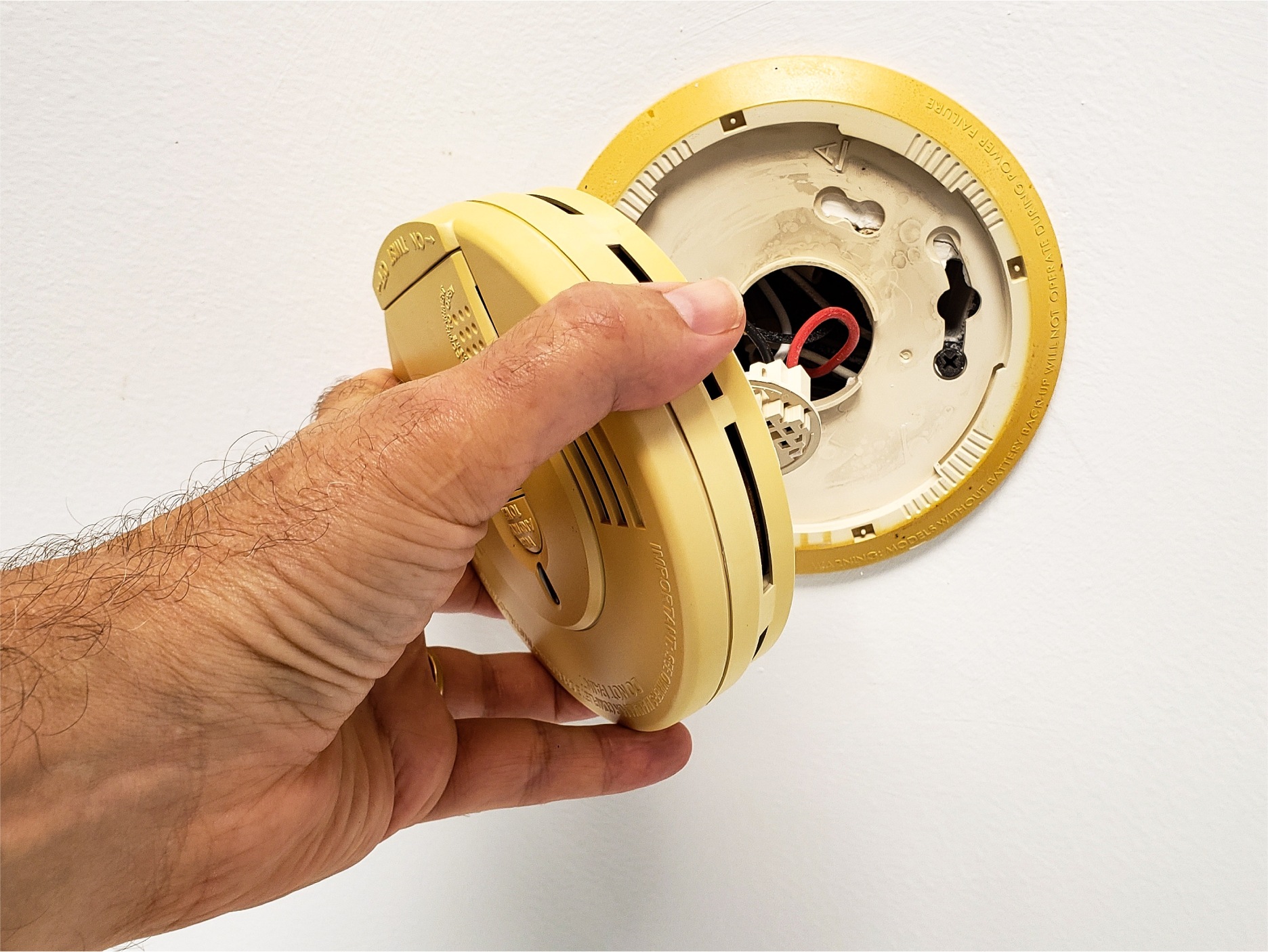Wireless smoke alarms are an essential part of home safety, providing an early warning in the event of a fire. However, like any safety device, they need regular testing and maintenance to ensure they work when you need them most.
A faulty or neglected alarm could mean the difference between a minor incident and a major disaster. Here’s how to keep your wireless smoke alarm in top condition.
Why regular testing is essential
Smoke alarms are designed to detect fires at the earliest possible stage, giving you time to evacuate and call emergency services. However, dust, dead batteries, and technical faults can affect their performance. Regular testing ensures your alarm is always ready to protect you and your household.
How to test your wireless smoke alarm
Testing your smoke alarm is quick and easy, and should be done at least once a month. Follow these steps:
- Locate the test button: most wireless smoke alarms have a clearly marked button on the front or side.
- Press and hold the button: this will activate the alarm’s test mode. You should hear a loud, piercing sound within a few seconds.
- Check the volume and clarity: if the alarm sounds weak or inconsistent, it may need maintenance or battery replacement.
- Test interlinked alarms: if your smoke alarms are connected, ensure that triggering one also activates the others.
If your alarm does not sound during testing, check the battery and replace it if necessary. If it still does not work, consider replacing the unit.
Maintaining your smoke alarm
Regular maintenance can help extend the life of your wireless smoke alarm and ensure it functions properly.
- Change the batteries: many wireless smoke alarms use long-life batteries, but it’s still important to check them regularly. If your alarm has replaceable batteries, change them at least once a year or as recommended by the manufacturer.
- Keep it clean: dust and debris can interfere with smoke detection. Use a vacuum cleaner or a soft brush attachment to remove any buildup from the vents.
- Avoid paint and obstructions: never paint over a smoke alarm or cover it with decorations, as this can block smoke from reaching the sensor.
- Check the expiration date: most smoke alarms have a lifespan of 8-10 years. If yours is approaching this age, replace it with a new one.
Where to install and position your smoke alarms
Correct placement of smoke alarms is just as important as maintenance. To maximise safety:
- Install alarms in every bedroom, in hallways leading to sleeping areas, and on every level of your home.
- Place them on the ceiling or high on the wall, as smoke rises.
- Keep alarms at least three metres away from cooking appliances to avoid false alarms.
- Avoid placing them near windows, vents, or fans, which can interfere with smoke detection.
What to do if your smoke alarm keeps going off
Frequent false alarms can be frustrating, but they may indicate an underlying issue. Here’s how to address them:
- Check for dust and debris: a buildup inside the alarm can cause it to trigger unnecessarily.
- Adjust placement: if the alarm is too close to a kitchen or bathroom, consider moving it further away.
- Ensure proper ventilation: steam and humidity can set off smoke alarms, so keep bathrooms and kitchens well-ventilated.
- Replace if faulty: if your alarm continues to go off for no reason, it may need replacing.
Stay safe with a working smoke alarm
A wireless smoke alarm is one of the simplest and most effective ways to protect your home from fire. Regular testing, proper maintenance, and correct placement can make all the difference in an emergency.
Taking a few minutes each month to check your alarms ensures they are ready to do their job — keeping you and your loved ones safe.
Learn more about the world of security in our blog section, where we regularly upload new blogs.
